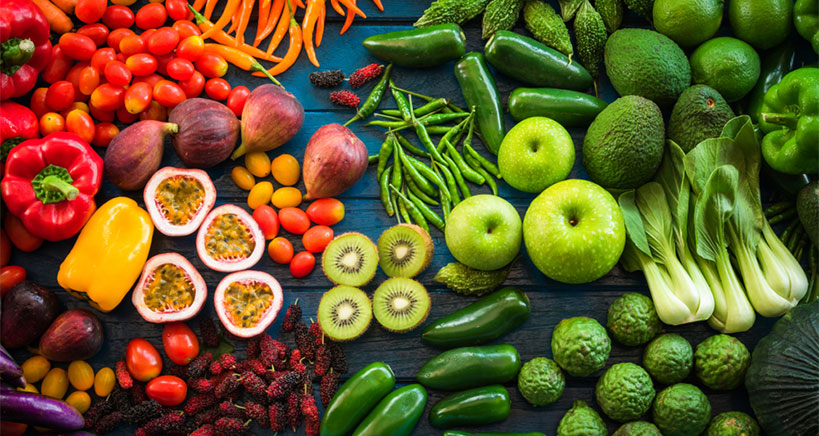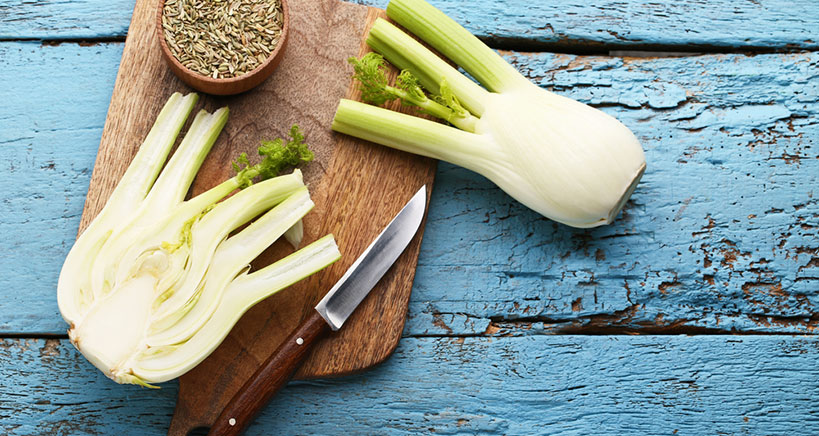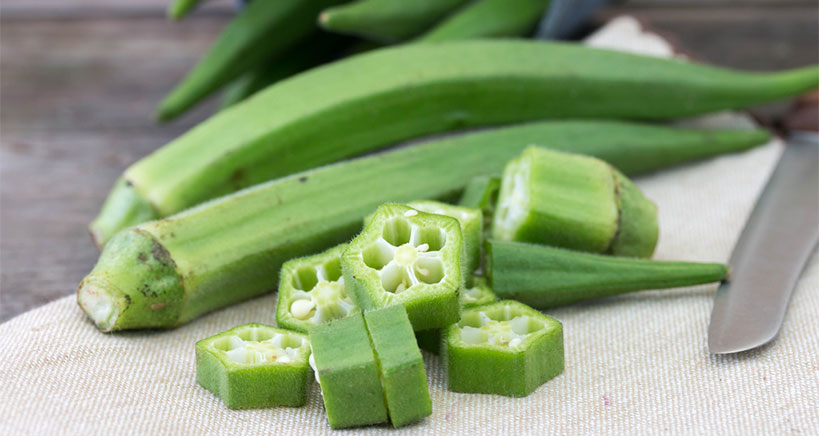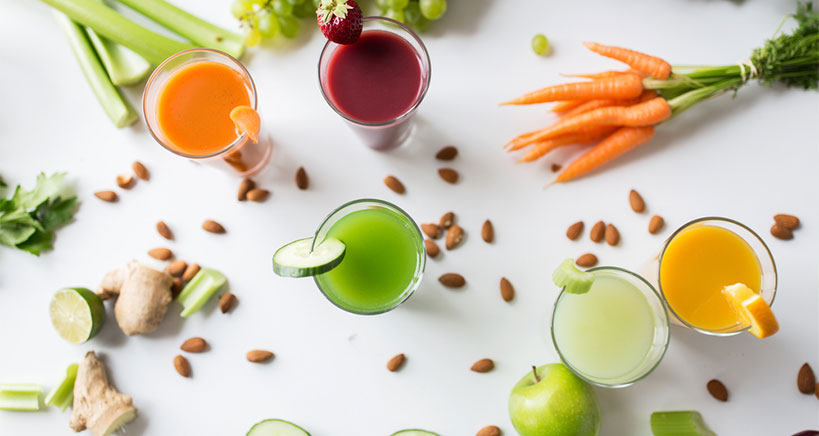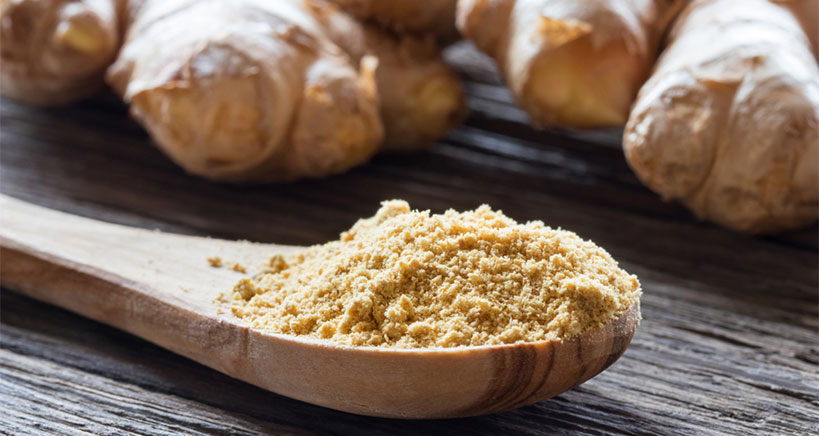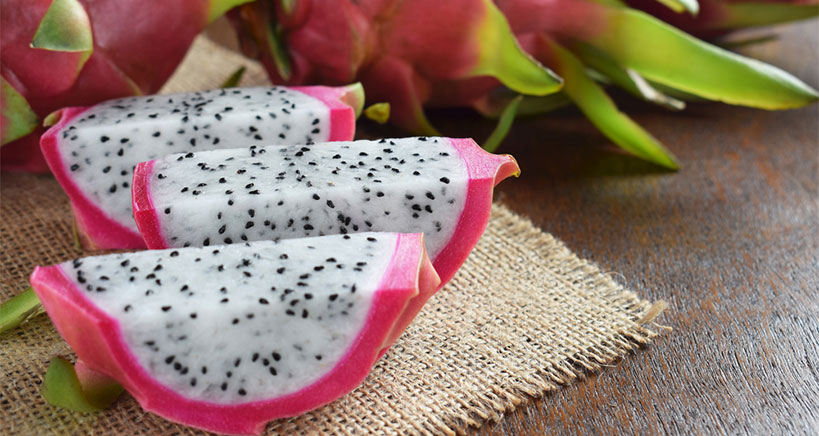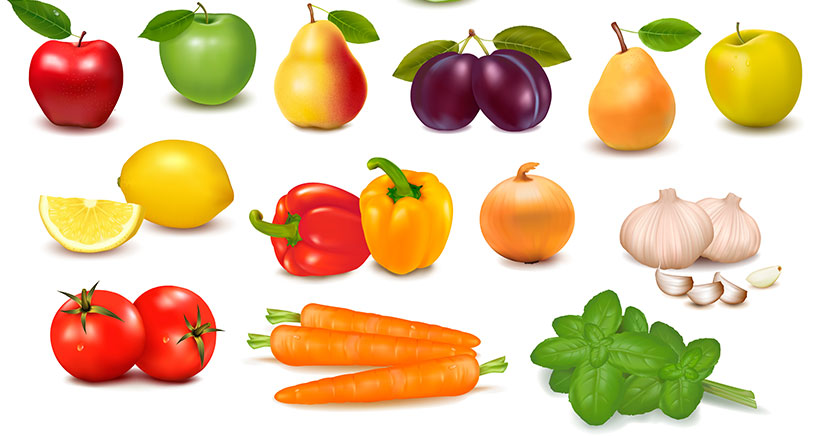
Welcome back to our series for foodservice professionals where we are discovering and uncovering details about the produce used every day in your commercial kitchen.
From fun facts to functional food tips, this guide is an opportunity to expand your culinary repertoire, learn about fruit and vegetable varieties you may not be familiar with, get practical tips on cooking and baking with various produce, and stock up on new recipes that are sure to dazzle and delight your customers.
What You Didn’t Know About Cucumbers
As we discovered in Part I of this series, contrary to popular belief, cucumbers are officially a fruit and not a vegetable. Either way, however, they are nutritious, delicious, and have been part of the human diet since ancient times. Originally grown in India and used for both culinary and medicinal purposes, some of cucumber’s therapeutic values include its soothing and cooling effects on the body which can alleviate sunburn, reduce swelling, reduce skin irritations, and nourish the skin. It also has anti-inflammatory, antioxidant, and anti-diabetic properties (helping regulate blood sugar levels), while its high water content helps hydrate the body and get rid of toxins and waste materials.
Continue reading More Uncommon Facts About Common Fruit and Vegetables
